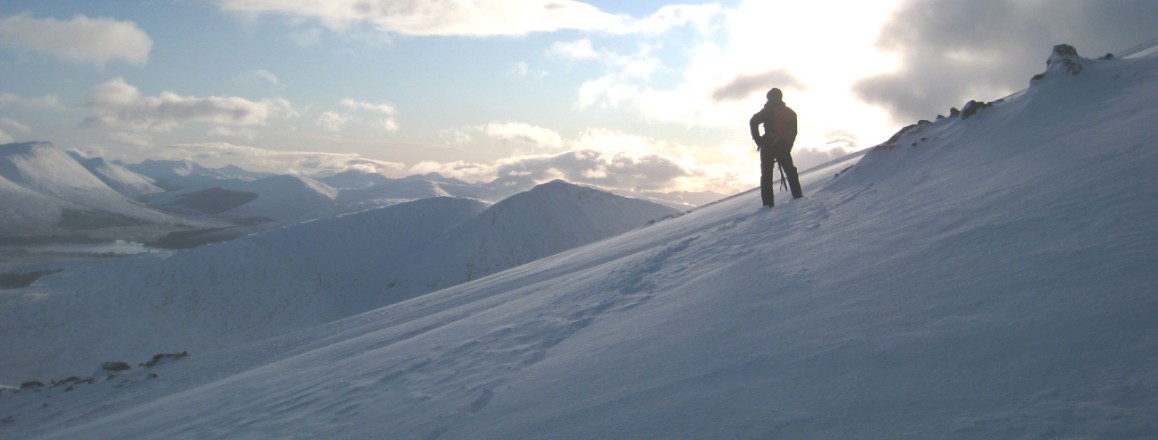
Many of Scotlandís mountains are serious undertakings, particularly in winter conditions, and will require skills and equipment beyond those needed for normal summer hill walking.
Before starting on winter mountaineering you should first make sure your navigation and hillcraft skills are up to scratch under summer conditions and then look to develop those skills so that you are ready for the added challenges of winter. Mountaineering Scotland runs specific winter navigation courses, winter skills and avalanche awareness courses to help you gain or improve skills.
Time is a crucial factor in winter. You have fewer hours of daylight to begin with, and everything you do is most likely going to take longer. While rare conditions of hard-packed snow can allow for fast movement, itís far more common to be ankle to knee-deep for long sections of your journey, which is going to take longer and can be extremely energy-sapping. And if the snow is any more than knee deep for any distance you may want to reconsider your route or even your entire journey, for progress will be agonisingly slow and will be massively tiring.
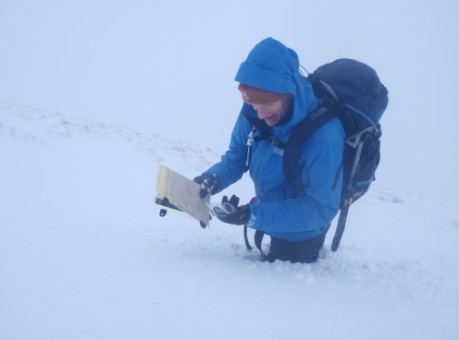
When you get a good day in winter it can be positively ecstatic, but you also have to be prepared for many more days of bad weather. Itís not just a case of wrapping up against the cold. Low cloud or falling snow can reduce visibility to just a few metres Ė or even less Ė so far more demands are made on your navigational ability. Wind, too, is likely to be a factor, and as well as hindering progress or even blowing you over, it can whip up snow to produce white-out conditions even on a sunny day. The wind can also blow snow and ice directly into your face, making it impossible to see without goggles.

This is a genuine photograph taken during full white-out conditions. There is quite literally nothing to see. No difference can be seen between snow and sky and the outline of the hill and the mountains beyond are totally invisible.
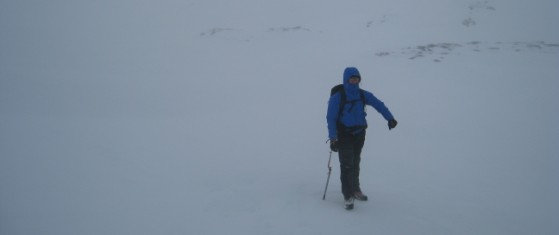
Even where visibility is considerably better, it can be hard to pick out any useful navigational features.
Snow presents a range of challenges. Underfoot, it can range from powder snow over jagged scree or long heather, to soft slush which is slippery underfoot and saps your energy, to ice-hard neve which requires you to wear crampons for grip. As mentioned above, it can also be blown into your eyes by wind, but it can also blind you by reflecting the sunlight, making tinted goggles or sunglasses advisable. (Itís also very good at reflecting the UV light from the sun, so an effective sunscreen is another essential.)
Something else than snow does Ė which may seem obvious Ė is erase all trace of paths. In the photo here not only a well-trodden footpath, but also a whole loch have disappeared under the snow. That means your navigation skills need to be up to scratch, as thereís no easy option of just following a track. There may be a trail of footprints on the snow, but itís sobering to stand on a windy day and see how quickly those trails can completely disappear.
Snow is also, of course, the raw material for cornices and avalanches, two hazards which present a very real hazard for winter mountaineers.
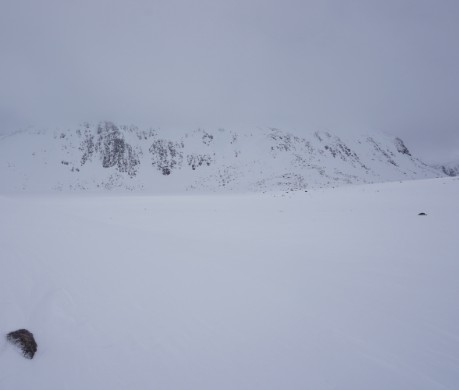
All journeys to the mountains require some degree of planning, but that has to step up a notch in winter, because of all the factors mentioned above. Indeed, it's a good idea to step back and look at the whole idea of winter mountaineering and how ready you are for it. Check out our pre-planning advice here.
As for planning a particular route, there are a lot more things to consider than just checking a route description. Have you thought about your companions for the day? What about weather and ground conditions? There are some more considerations here.
You should study both the weather and avalanche forecasts, not just for the day of your trip, but for a number of days in advance, so that you gain a better awareness of the conditions youíre likely to meet. If the day of your trip is forecast for warmer conditions after a cold spell, then you may have problems with streams being in spate, but if that warm day has been preceded with several other warm, dry days, then the risk may be less. Similarly, studying snow conditions over the week running up to your trip can show developing patterns.
Use the weather forecast on the day to fine tune your plans. If your walk involves a long, low walk-in, returning by a higher level route, you may want to consider reversing direction if the weather is due to worsen as the day progresses so that you get better weather for the high level section and are down in the glen by the time the weather deteriorates.
And of course, plan to start early. In winter your route will likely take longer than a guide-book time and the light may be disappearing as early as 4pm, so aim to either be back at the car by sunset or at least to be down off any technically difficult terrain and onto a track. And have that headtorch handy.
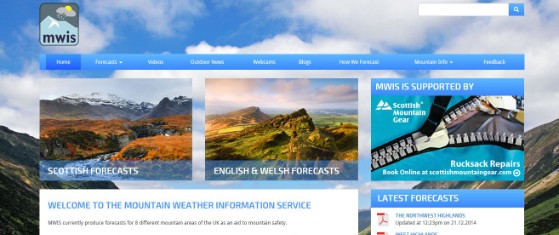
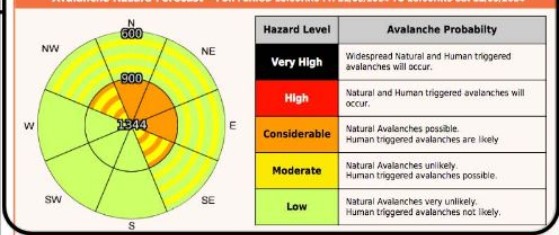
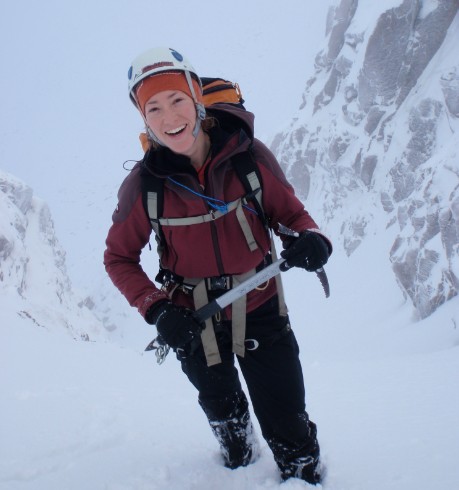
The classic tools of the winter mountaineer are the ice axe and crampons and there are links below with advice on these. But itís important not just to have them but to know how to use them and be familiar with their use.
When you first buy a pair of crampons practice walking in them BEFORE you get into a serious situation where theyíre necessary for safety. Same with an ice axe: ice axe braking is an essential winter skill, but itís not instinctive Ė you need to learn how to do it properly and you need to practice on a slope with a safe run-out.
You also need to expand your normal hill walking wardrobe to include more suitable clothing and equipment.
In this section of the site we take a look at:
Additional clothing and equipment for winter
Advice on helmets, what type of terrain should you be wearing one in and what type to buy
Advice on crampons Ė What are they? What are the different types? Boots/crampon compatibility
Ice axes: What is an ice axe and what should I be looking to buy?
Boots: advice to help you decide what type of boot to purchase for your chosen activity
The following winter skills videos have been prepared by Glenmore Lodge and offer a useful introduction to equipment and skills required for heading to the Scottish mountains in winter:
There are many ways to learn mountaineering skills, summer or winter. One way is through the subsidised safety and skills courses that Mountaineering Scotland runs. There are also commercial courses available or you may learn through a club or from more experienced friends.
It's a good thing to be able to learn from mistakes - and even better if we can learn from the mistakes of others rather than having to make our own. We collect cautionary tales from fellow mountaineers who are prepared to admit to their mistakes and share the lessons learned. It's well worth taking a look through some of these for some valuable advice - and a good read into the bargain!